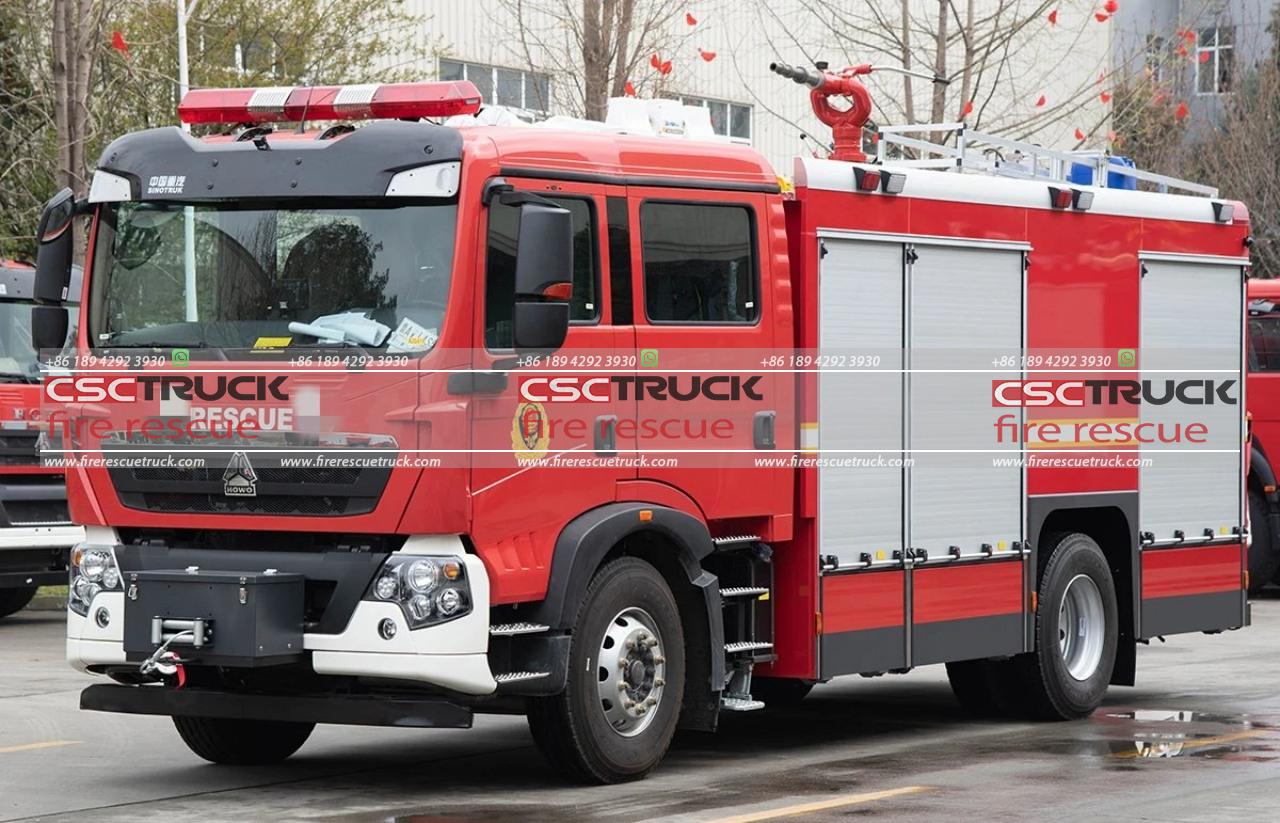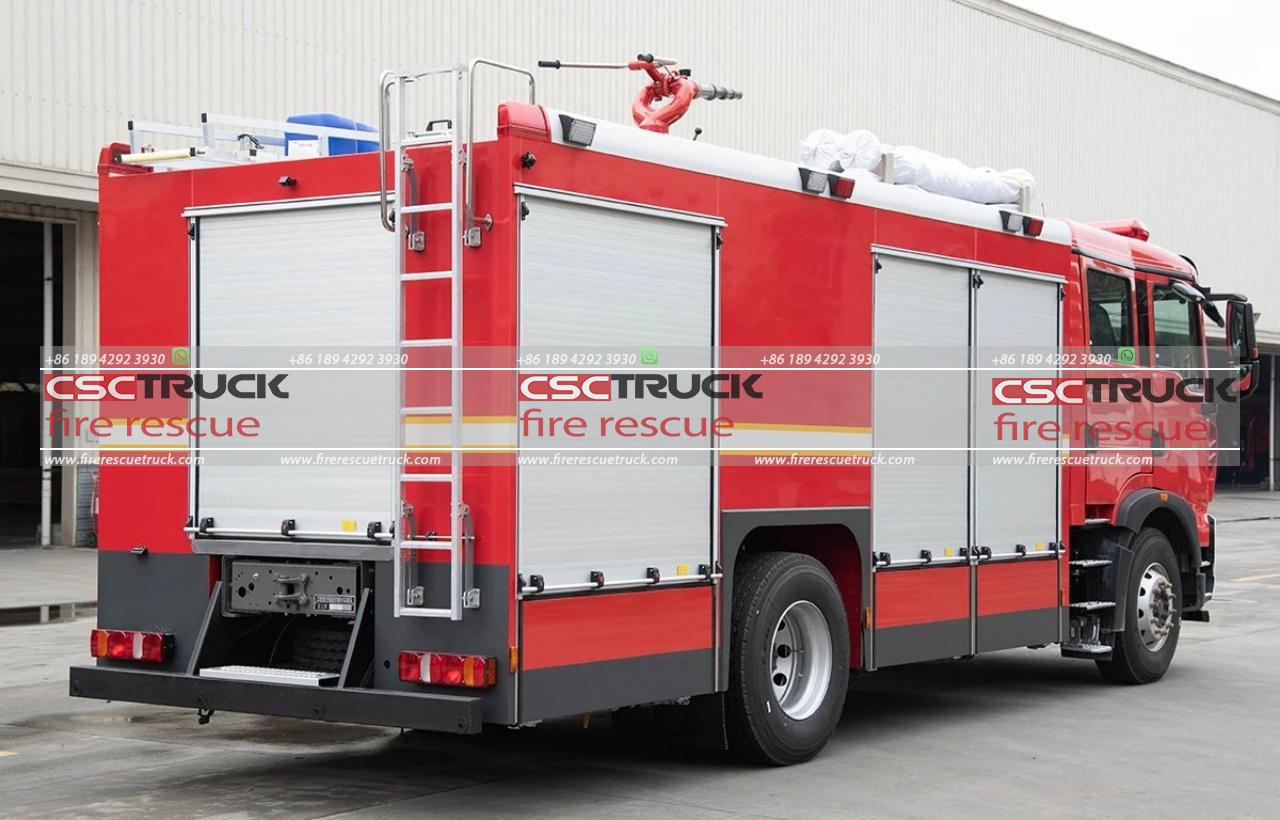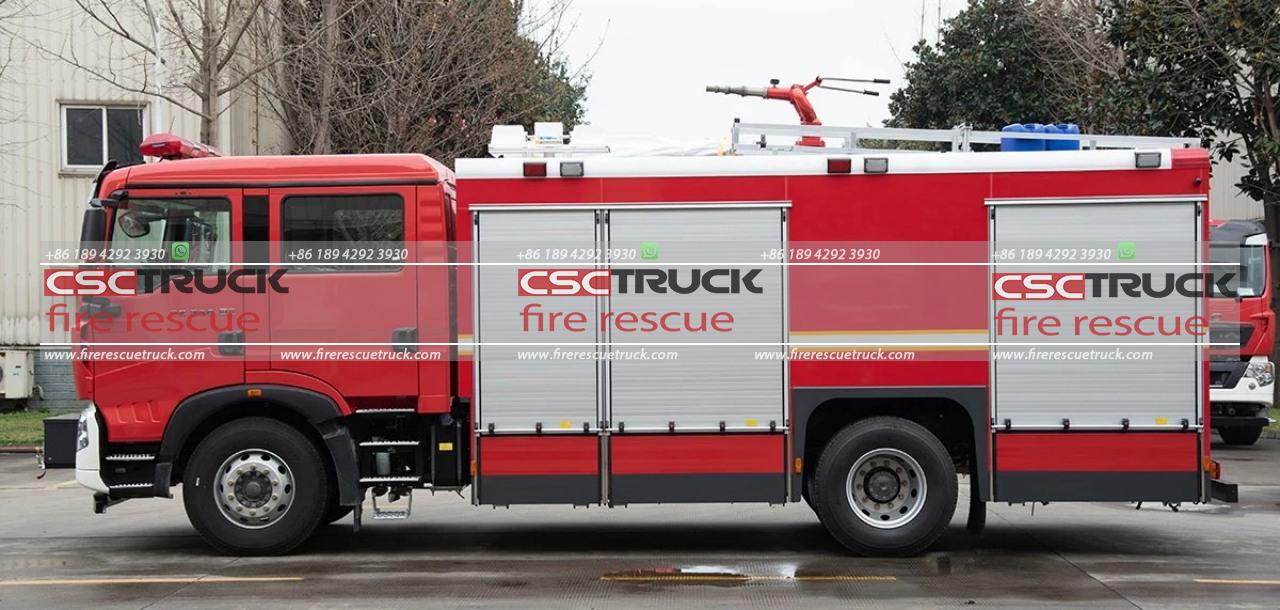Firefighting is a critical task that demands not only bravery but also precision and efficiency. When emergencies strike, firefighters rely on advanced equipment and technology to combat the blaze effectively. Among these tools, Compressed Air Foam Systems (CAFS) integrated into fire trucks have revolutionized firefighting operations, significantly enhancing efficiency and effectiveness. In this article, we delve into the world of CAFS fire trucks, exploring how they optimize performance and contribute to improved firefighting outcomes.
Understanding CAFS Technology
CAFS technology involves mixing compressed air, water, and foam concentrate to produce a powerful firefighting agent. The resulting foam possesses remarkable properties, including increased fire suppression capabilities, longer-lasting effectiveness, and reduced water usage compared to traditional methods. When deployed through specially designed nozzles, CAFS coats surfaces, smothers flames, and prevents re-ignition, making it a highly versatile and efficient firefighting solution.

Enhanced Firefighting Efficiency
The integration of CAFS into fire trucks has significantly enhanced firefighting efficiency in various ways:
1. Rapid Deployment: CAFS-equipped fire trucks can deploy foam rapidly, allowing firefighters to initiate suppression efforts promptly upon arrival at the scene. This swift response is crucial in containing fires during their early stages, preventing them from escalating into larger, more destructive incidents.
2. Increased Suppression Power: The foam generated by CAFS systems adheres to surfaces more effectively than water alone, enabling it to penetrate burning materials and extinguish fires more efficiently. This increased suppression power is particularly valuable when dealing with stubborn or deep-seated fires, enhancing firefighters’ ability to gain control swiftly.
3. Extended Reach: CAFS technology enables firefighters to deliver foam over longer distances compared to conventional water-based systems. This extended reach allows them to attack fires from safer positions, reducing their exposure to heat, smoke, and other hazards while maintaining effective suppression efforts.
4. Improved Visibility and Safety: The foam produced by CAFS systems generates less steam and smoke compared to water, improving visibility for firefighters at the scene. Enhanced visibility enables personnel to navigate the environment more safely, locate victims or hazards, and coordinate firefighting operations with greater precision.
5. Reduced Water Damage: By utilizing foam as the primary extinguishing agent, CAFS fire trucks minimize water usage during firefighting operations. This reduction in water volume not only conserves a valuable resource but also mitigates the risk of water damage to property and belongings, particularly in indoor firefighting scenarios.
6. Versatility and Adaptability: CAFS technology offers versatility in combating various types of fires, including those involving flammable liquids, gases, and solid materials. Firefighters can adjust the foam concentration and application method to suit specific fire conditions, maximizing effectiveness across a range of scenarios.

Case Studies: Real-World Impact
The effectiveness of CAFS fire trucks in enhancing firefighting efficiency is evident in numerous real-world case studies:
1. Urban Firefighting: In densely populated urban areas, CAFS-equipped fire trucks have proven instrumental in navigating narrow streets and accessing hard-to-reach locations. Their ability to deliver foam with precision and speed enhances firefighters’ effectiveness in containing and extinguishing fires in complex urban environments.
2. Wildfire Suppression: When battling wildfires, firefighters face immense challenges due to the rugged terrain and unpredictable fire behavior. CAFS technology enables them to create firebreaks more efficiently, suppress flames in remote areas, and protect critical infrastructure with reduced water consumption.
3. Industrial Fire Response: Industrial facilities pose unique firefighting challenges, often involving hazardous materials and complex fire hazards. CAFS fire trucks provide industrial firefighters with a versatile tool for tackling fires in manufacturing plants, chemical storage facilities, and other industrial settings, enhancing both safety and operational efficiency.
Future Trends and Innovations
As technology continues to evolve, the future of CAFS fire trucks holds exciting possibilities for further enhancing firefighting efficiency:
1. Integration with IoT and Data Analytics: Integration of CAFS systems with Internet of Things (IoT) sensors and data analytics platforms could enable real-time monitoring of fire conditions and optimize foam deployment strategies based on environmental factors and fire dynamics.
2. Enhanced Mobility and Maneuverability: Advancements in vehicle design and propulsion systems may result in CAFS fire trucks with improved mobility, enabling them to navigate challenging terrain and access remote areas more effectively.
3. Sustainable Foam Formulations: Continued research into environmentally friendly foam concentrates could lead to the development of CAFS systems that minimize ecological impact while maintaining high fire suppression performance.

Conclusion
CAFS fire trucks represent a significant advancement in firefighting technology, offering enhanced performance, efficiency, and versatility in combating fires across various environments and scenarios. By leveraging the unique properties of compressed air foam, these vehicles empower firefighters to respond swiftly and effectively to emergencies, ultimately saving lives, protecting property, and safeguarding communities. As technology continues to evolve, CAFS systems will remain at the forefront of innovation in the firefighting industry, driving continuous improvements in firefighting efficiency and effectiveness.







